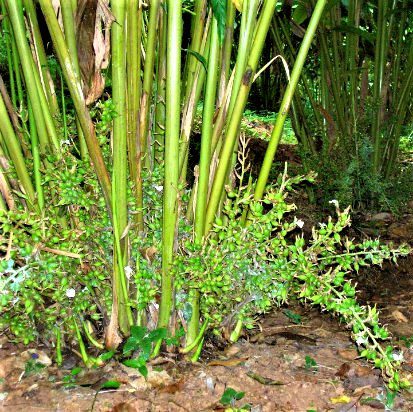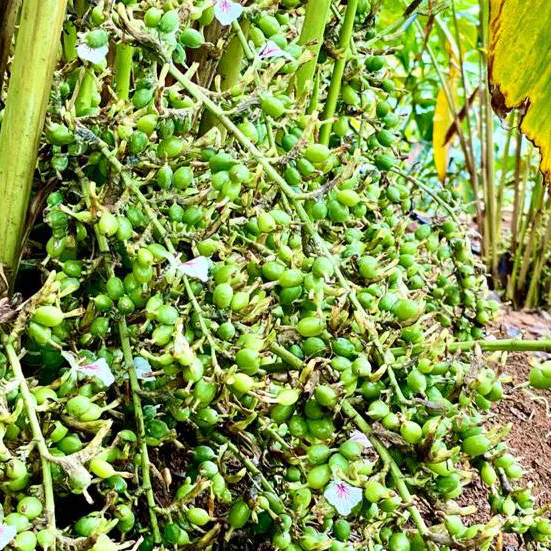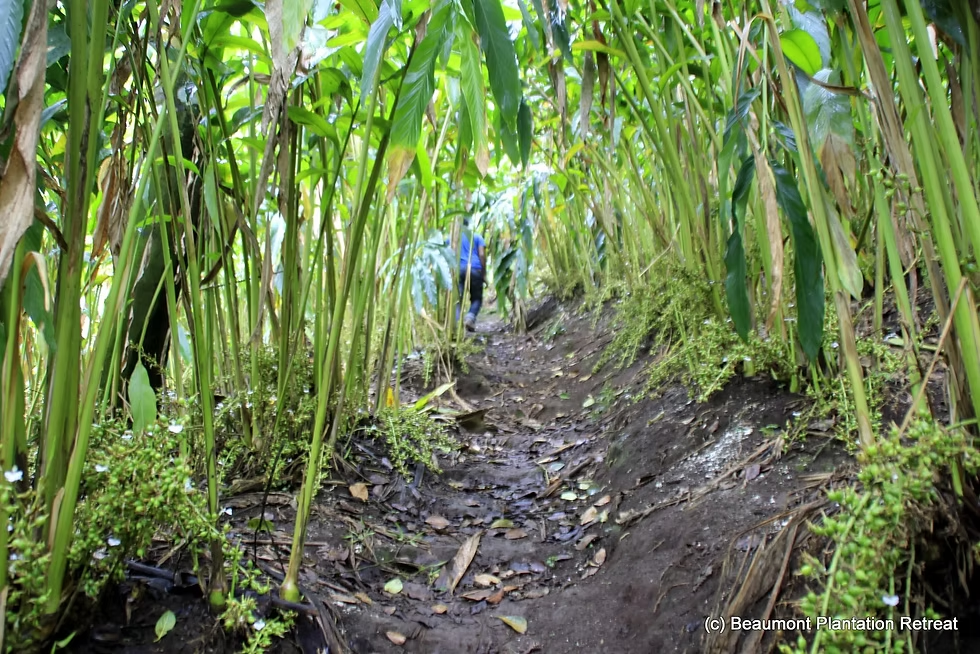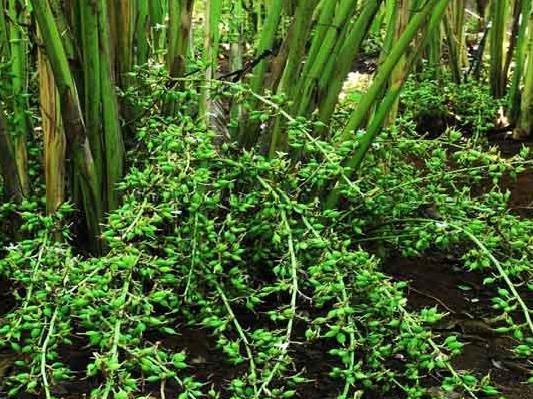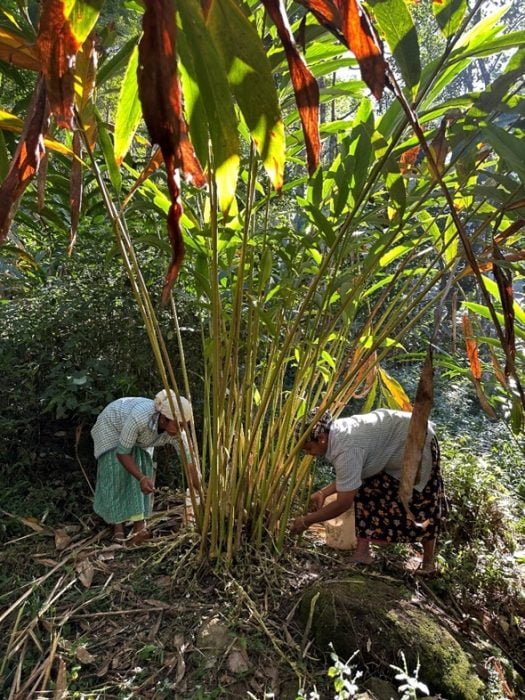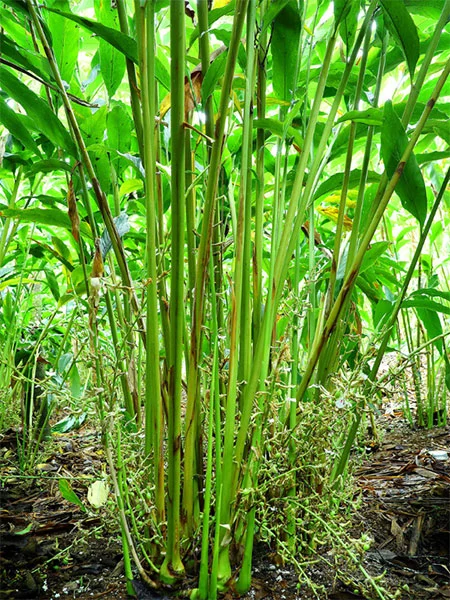🌿 Cardamom (Elaichi): The Queen of Spices
1. Origin in India
Botanical Name: Elettaria cardamomum
Commonly known as Green Cardamom (Chhoti Elaichi).
Native to the Western Ghats of southern India, especially the tropical forests of:
Meghalaya, Kerala, Karnataka, and Tamil Nadu.
Cultivated under shade in high-altitude regions (600–1500 meters above sea level) with humid, tropical climate.
India is among the largest producers and exporters of cardamom globally.
2. Uses of Cardamom
🍲 Culinary Uses:
Widely used as a flavoring spice in:
Indian desserts (kheer, halwa, laddu, payasam)
Masala chai (spiced tea)
Biryani, pulao, and gravies
Used in baking, confectionery, liqueurs, and flavored beverages.
Key ingredient in garam masala and pan masala.
🧴 Non-Culinary Uses:
Essential oil used in perfumes, soaps, and Ayurvedic massage oils.
Used in chewing gums, mouth fresheners, and oral care products due to its refreshing aroma and antibacterial qualities.
3. Medicinal Properties
Cardamom is a highly valued spice in Ayurveda, Unani, and Chinese medicine, known for its digestive and detoxifying properties.
🔬 Health Benefits:
Digestive Aid: Stimulates digestive enzymes, relieves gas, bloating, and nausea.
Mouth Freshener: Natural breath freshener; combats bad breath.
Anti-inflammatory: Helps with sore throat, asthma, and congestion.
Detoxification: Aids liver function and flushes out toxins.
Antioxidant-rich: Protects cells from oxidative damage and boosts immunity.
Heart Health: May help regulate blood pressure and improve circulation.
Diuretic: Promotes kidney health and prevents water retention.
Stress Relief: Aromatherapy with cardamom oil helps reduce anxiety and fatigue.
4. Harvesting Process
Cardamom is a perennial herb, and harvesting is labor-intensive.
Harvest Season: August to December (varies slightly by region).
🌾 Steps:
Hand-picking: Capsules are handpicked when they are still green and tender.
Cleaning: Washed carefully to remove soil and impurities.
Drying:
Traditionally sun-dried or cured using firewood dryers to preserve green color.
Uniform drying is essential to prevent spoilage and maintain quality.
Grading:
Sorted by size, color, and aroma into multiple grades (e.g., 6mm, 7mm, bold).
Storage: Stored in cool, dry conditions in airtight containers to retain aroma.
5. Types of Cardamom
| Type | Color | Region | Use |
|---|---|---|---|
| Green Cardamom | Light green | Kerala, Karnataka, TN | Culinary, medicinal |
| Black Cardamom | Dark brown | Sikkim, Assam, Himalayas | Smoky flavor, savory dishes |
6. Sustainability & Farmer Empowerment
Cultivation of Lakadong turmeric helps in:
Promoting organic farming in remote tribal areas.
Empowering women and indigenous communities who manage small land holdings.
Preserving biodiversity and traditional farming practices.
7. Interesting Facts
Called the “Queen of Spices” due to its superior aroma and medicinal properties.
Used in ancient Egyptian rituals, Indian Ayurveda, and even in Roman cuisine.
In Ayurveda, cardamom is said to balance all three doshas: Vata, Pitta, and Kapha.
8. Summary of Benefits
| Benefit | Description |
|---|---|
| Digestive | Eases bloating, acidity, indigestion |
| Respiratory | Treats cough, asthma, congestion |
| Oral Health | Prevents bad breath and gum infections |
| Detoxifier | Aids liver and kidney functions |
| Mood Booster | Reduces stress and improves clarity |
| Natural Antioxidant | Slows aging and cellular damage |

